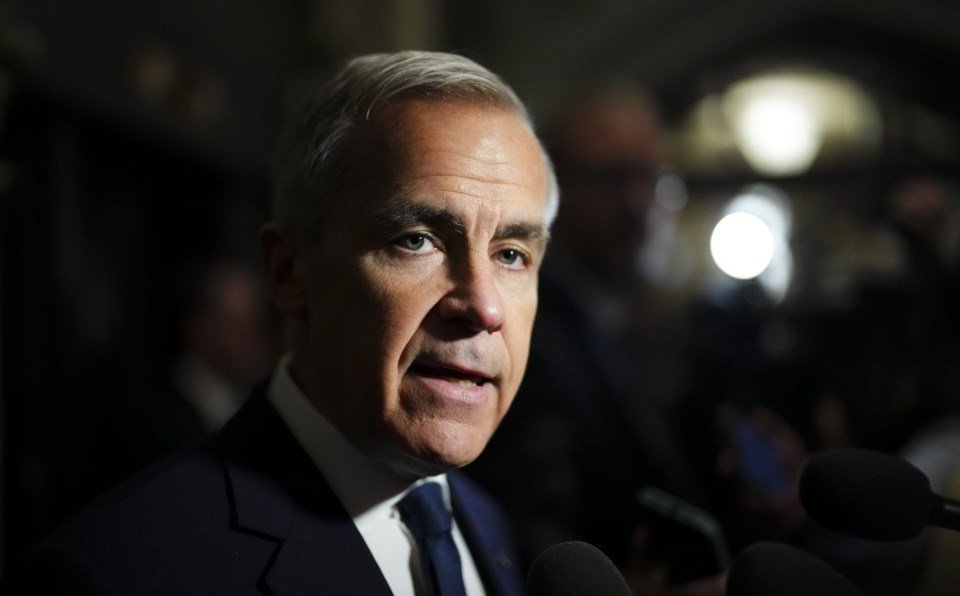Prime Minister Justin Trudeau’s government tabled the “One Canadian Economy” bill on June 6, 2025, a landmark legislation to reduce interprovincial trade barriers, ease labour mobility, and advance major national projects. Described by Trudeau as “a day that has been decades in the making,” the bill seeks to unify Canada’s fragmented internal market, where provincial regulations often hinder the flow of goods and workers. The legislation has sparked debate, with opposition leader Pierre Poilievre calling it “breadcrumbs when we needed a bold move.”
The bill addresses longstanding economic inefficiencies, such as differing licensing requirements that prevent professionals like nurses or electricians from working across provinces. It also aims to streamline regulations for goods like alcohol and construction materials, which face restrictions when crossing provincial borders. By facilitating labour mobility and trade, the government hopes to boost productivity and attract investment, especially as Canada faces external pressures from U.S. tariffs. The legislation includes provisions to expedite approvals for national infrastructure projects, such as pipelines and renewable energy initiatives, aligning with Canada’s climate goals.
Critics argue the bill lacks ambition, with Poilievre advocating for more aggressive tax cuts and deregulation to stimulate growth. Business groups, however, have welcomed the move, citing potential cost savings and increased competitiveness. The bill’s success hinges on provincial cooperation, as some provinces guard their regulatory autonomy. As Canada navigates a record trade deficit and global trade tensions, the legislation could play a critical role in strengthening the domestic economy, but its implementation will be closely watched.



